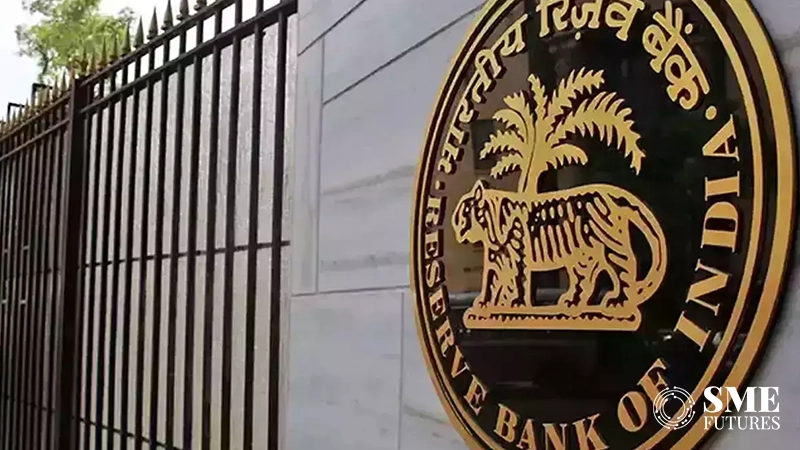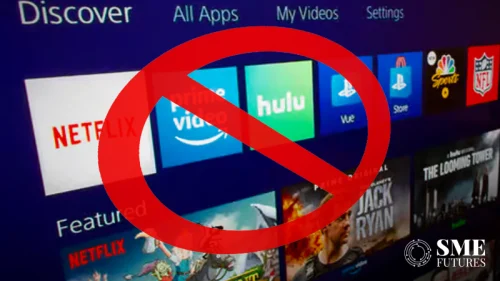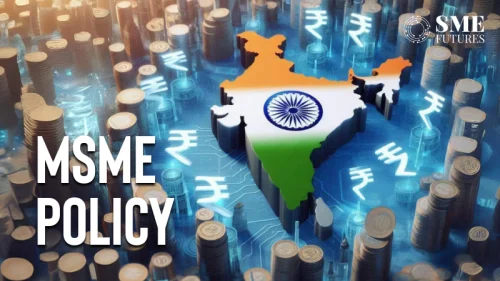RBI cuts CRR: The Reserve Bank of India (RBI), in its latest Monetary Policy Committee (MPC) meeting, announced a phased reduction in the Cash Reserve Ratio (CRR) for all banks, lowering it to 4 per cent of net demand and time liabilities (NDTL) in two tranches of 25 basis points each. The first tranche will take effect on December 14, followed by the second on December 28. This move is expected to infuse ₹1.15 lakh crore liquidity into the banking system, a significant step amid concerns over sluggish economic growth and persistently high inflation.
RBI Governor Shaktikanta Das outlined the inflationary outlook, pegging Consumer Price Index (CPI) inflation at 4.8 per cent for FY24-25. On a quarterly basis, inflation is forecast at 5.7 per cent for Q3 and 4.5 per cent for Q4 of FY24, while FY25-26 projections stand at 4.6 per cent for Q1 and 4 per cent for Q2.
“Despite some softening, lingering food price pressures will keep headline inflation elevated in the third quarter of FY24. However, favorable conditions like a strong Rabi season, seasonal winter corrections in vegetable prices, and record Kharif production should help ease food inflation pressures,” Das stated. He also cautioned about the impact of global edible oil prices and domestic import duty hikes, highlighting the need for vigilance.
On the growth front, India’s real GDP slowed to 5.4 per cent in Q2 of FY24, significantly below the 7.4 per cent recorded in Q1. This was attributed to weaker manufacturing performance, contractions in mining activities, and lower electricity demand. However, Das pointed to encouraging signs of recovery, driven by festive demand and a revival in rural activity, suggesting the slowdown might have bottomed out.
Despite a global environment marked by rising U.S. dollar strength, hardening bond yields, and financial market volatility, the governor expressed optimism about the global economy’s resilience in 2024. However, he warned about risks from rising protectionism and geopolitical uncertainties that could hinder growth and inflate prices.
The MPC reiterated its commitment to durable price stability as a foundation for robust economic growth. While inflation recently surged above the 6 per cent tolerance band in October, the committee expects easing food inflation and favorable agricultural output to stabilise prices in the coming quarters.
Expert insights on decisions
Suman Chowdhury, Executive Director & Chief Economist at Acuité Ratings & Research, emphasised the delicate balance between growth and inflation, “RBI Governor’s statement highlights the increased dilemma on the growth-inflation trade-off, amidst sticky headline inflation and a slowdown in growth seen in Q2. The CRR cut by 50 basis points, while maintaining a status quo on benchmark rates, aims to soften short-term interest rates and alleviate pressure on bank deposit rates.”
Chowdhury also noted the revision in RBI’s growth and inflation forecasts, adding, “The downward revision in GDP growth to 6.6 per cent from 7.2 per cent, though slightly higher than our forecast of 6.4 per cent, reflects the challenging economic conditions. Similarly, the upward revision in inflation forecasts underscores the difficulty of bringing headline inflation closer to the target of 4 per cent, leaving the possibility of a rate cut in February 2025 uncertain.”
K.V. Srinivasan, Director and CEO of Profectus Capital, highlighted the potential benefits for MSMEs:
“The RBI has maintained the status quo, signaling discomfort with inflation levels. With GDP growth moderating and private sector capex yet to pick up, a signal toward softer interest rates may come soon. The CRR reduction by 50 basis points will improve liquidity during the busy season, supporting working capital management. For the MSME sector, a benign interest rate regime could incentivise modernisation, enhancing their competitive edge.”
While Anuj Puri, Chairman – ANAROCK Group believes the cut in CRR is positive for the Indian real estate sector, as banks will have higher lending capacity. “This directly supports developers to borrow more for development,” he said.
As the RBI navigates the complexities of a moderating economy and elevated inflation, its balanced approach reflects its focus on systemic liquidity and economic resilience. With stakeholders like MSMEs poised to benefit from liquidity measures, the decisions mark a pivotal moment in India’s monetary policy trajectory, setting the stage for potential adjustments in the months ahead.











